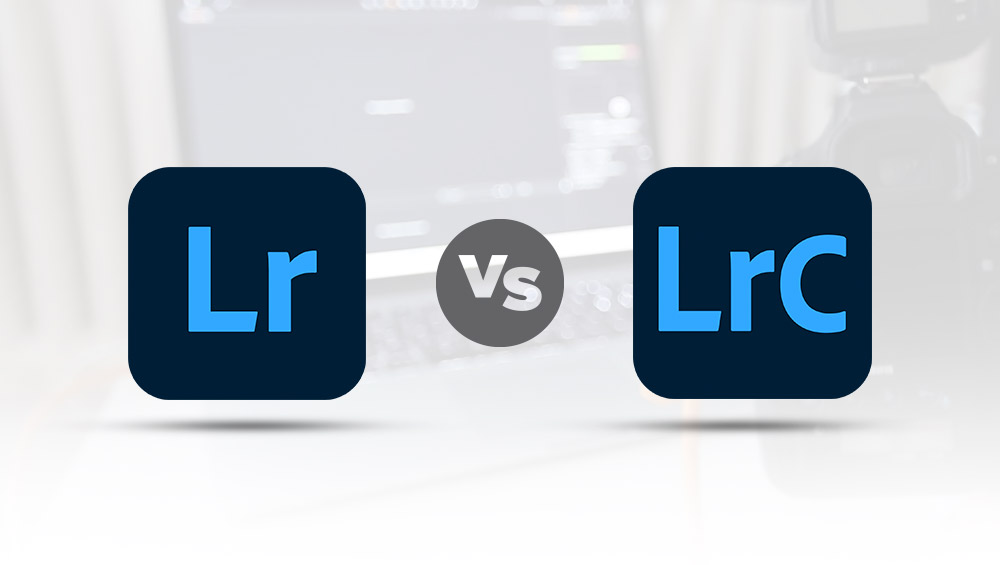
- #EMAIL SETTING IN ADOBE LIGHTROOM CLASSIC CC HOW TO#
- #EMAIL SETTING IN ADOBE LIGHTROOM CLASSIC CC FREE#
- #EMAIL SETTING IN ADOBE LIGHTROOM CLASSIC CC WINDOWS#
Once all the work is done in Lightroom, all they have to do is send you the. You can send them your RAW files to edit.

If you’re working with a retoucher, this comes in handy. You’ll essentially have a backup of your catalog split across each folder that you save your RAW files in. Isn’t that convenient?Īdvertisements You also don’t have to worry about corrupted Lightroom Catalog files anymore. They’ll always be available to applications that can read the sidecar files, and will always be updated when you make edits to the picture, automatically syncing across Adobe apps. Your edits will move along with your RAW files in the form of the ‘.XMP’ sidecar files. The best part is that when you copy or move your RAW files (along with the new XMP files) you no longer have to worry about whether you need to save a new Lightroom Catalog file for that particular folder. It feels like a magical moment when everything works seamlessly.Īnd that’s not even the best part! 2. The process is seamless and you don’t have to think about it once it’s turned on. However, once you turn it on, your edits will always be in sync between Adobe Camera Raw, Photoshop, Lightroom Classic CC, or even if you browse through files in Adobe Bridge. If this check box has been off until now, you may have noticed that changes that you make in Lightroom don’t show up in Adobe Camera Raw (ACR). Seeing your LR edits in Adobe Camera Raw, and vice versa
#EMAIL SETTING IN ADOBE LIGHTROOM CLASSIC CC WINDOWS#
AdvertisementsĪdobe Lightroom XMP sidecar files in Windows Explorer Advertisements 1. Here’s what they look like in Windows Explorer. xmp files that have the same name as your original RAW files. When the tick box is on, all the changes and adjustments that you apply to each image in lightroom are saved to small. If those XMP files aren’t being saved next to your RAW files, then you may as well forget that you ever retouched/corrected those images because Lightroom will not be able to reference those changes when you open them up in their new location.
#EMAIL SETTING IN ADOBE LIGHTROOM CLASSIC CC FREE#
Maybe you’re trying to free up space on your main work drive, or maybe you’re just backing up data, and somehow, your RAW files and the associated catalog files get disassociated. That’s not a situation I ever want to find myself in. lrcat Catalog file, and many thousand files to re-edit. In the past, Lightroom has crashed, leaving me with a corrupted. XMP files come into use when you move your RAW files, or when you want to see the edits in a different application. But it also means that if your Lightroom catalog file is corrupted, deleted, or just lost in your backups and you can’t find the right one, then all the edits that you’ve done to your RAW files, the selections, the star ratings, they all disappear. That’s one of the beautiful things about the non-destructive RAW editing process. If that little intro wasn’t enough to convince you, I’ll explain.īy default, Lightroom saves all your adjustments in its catalog file, located somewhere safe on your hard disk. How This Setting Will Save You From Having a Bad Day xmp files next to each of your photographs in your library.
#EMAIL SETTING IN ADOBE LIGHTROOM CLASSIC CC HOW TO#
One Small Setting, a Powerful Result How To Automatically Write Changes into XMP:.



How To Automatically Write Changes into XMP:.


 0 kommentar(er)
0 kommentar(er)
